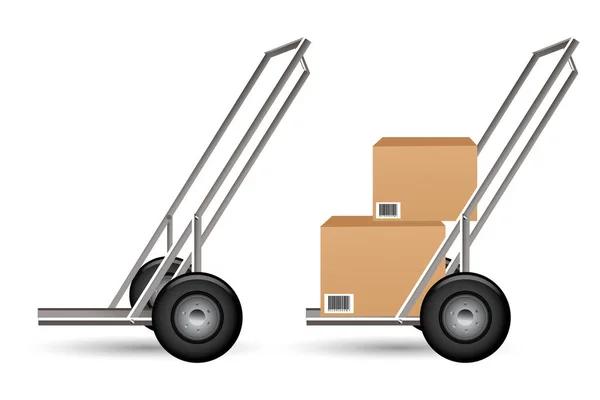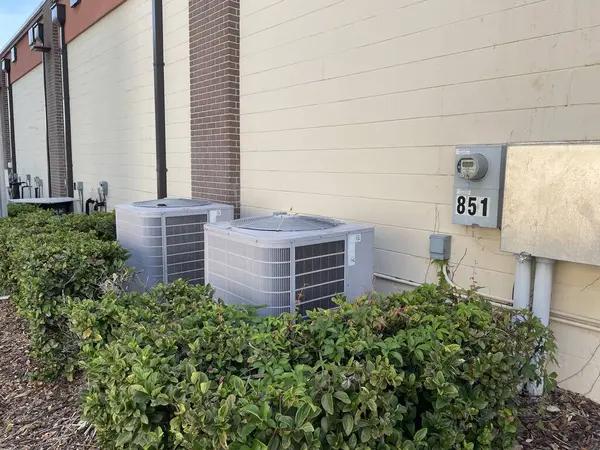Streamlining LTL (Less Than Truckload) shipments is a crucial strategy for businesses looking to maximize their savings. This involves optimizing the process of shipping smaller, more frequent loads that do not require the full space of a truck. By doing so, companies can significantly reduce their transportation costs while also improving efficiency and customer satisfaction.
One way to streamline LTL shipments is through consolidation. This means combining multiple smaller shipments heading in the same direction into one larger shipment. Consolidation reduces the number of trips needed, which in turn lowers fuel costs and minimizes wear and tear on vehicles. Additionally, it can lead to lower rates from carriers due to the increased volume.
Another method is utilizing freight pooling services, where several shippers share space on a single truck. This allows each shipper to pay only for the space they use rather than shouldering the cost of an entire truckload. Pooling also helps decrease delivery times since there are fewer stops along the route.
The use of technology can further enhance LTL shipment streamlining efforts. Advanced software systems enable better tracking and management of shipments, providing real-time visibility into each load’s status and location. Such systems allow for efficient planning and scheduling, reducing idle learn more time for trucks and ensuring timely deliveries.
Moreover, establishing strong relationships with reliable carriers is key in streamlining LTL shipments effectively. Working closely with trusted partners can ensure access to competitive rates as well as priority service during peak periods or when capacity issues arise.
Optimizing packaging methods is another aspect that cannot be overlooked when aiming at maximum savings in LTL shipping operations. Using standardized pallets or crates makes loading easier and faster while minimizing damage risks during transit.
Additionally, investing in training staff about best practices in handling LTL shipments adds another layer of efficiency by minimizing errors that could lead to delays or additional charges.
Finally yet importantly, regular reviews of freight bills are necessary as they may contain errors such as incorrect weight or class that can lead to overcharges. By auditing these bills, companies can ensure they are only paying for the services they have actually used.
In conclusion, streamlining LTL shipments is a multi-faceted approach that involves several strategies from consolidation and pooling to technology utilization and staff training. It requires a thorough understanding of the shipping process along with strong partnerships with carriers. When properly implemented, it can result in significant savings on transportation costs, improved efficiency, and enhanced customer satisfaction – all contributing to a stronger bottom line for businesses.





